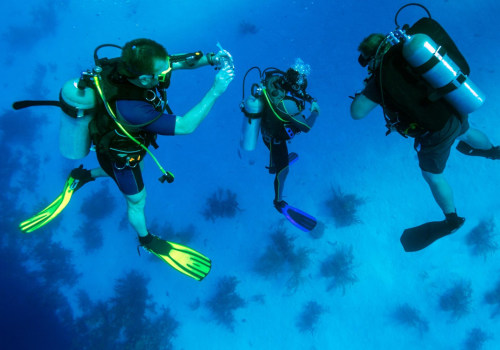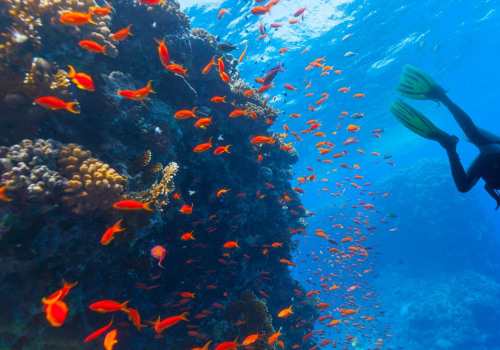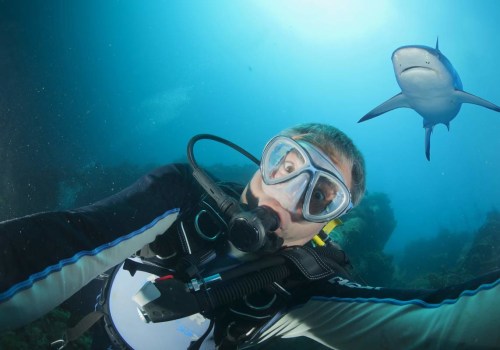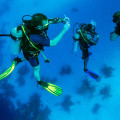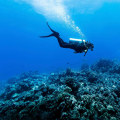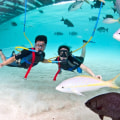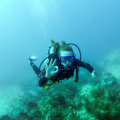As we all know, diving is a sport that requires a lot of equipment: you need a tank and a regulator to breathe, the BCD and the weights help you adjust your buoyancy, a mask allows you to see clearly and the fins help you move. As you become a qualified diver, you'll learn the basics of an essential diving system. A cylinder, weights, a showsuit, regulators, a BCD meter and a stopwatch, a mask and flaps are the basic elements. But what other equipment is worth adding to make your diving trip safer and, consequently, more comfortable, relaxed and stress-free? All divers should consider carrying these five main pieces of diving safety equipment. When you dive, you often venture into areas where you might get entangled.
From discarded fishing line balls to seaweed, for example, you'll often find something underwater that will hook you or entangle you. For this reason, having a cutting device in your diving kit is always a good idea. You can opt for either a knife or a safety cutting device - both will suffice. When it comes to diving safety equipment, having a diving reel or coil is a no-brainer. If you're carrying a safety sausage and submerging yourself in a stream, you'll need a reel or coil to unfold it as you ascend.
In addition, having a reel or coil is essential to navigate during the dive. The BCD (also called BC or buoyancy compensator) is the most complex diving equipment you'll ever have and one of the most important. If you dive in the ocean, this equipment is a must if you plan to dive in any large body of water. The dive computer, once considered a luxury item, is now - with good reason - considered an essential piece of diving equipment. An SMB (surface marker buoy) or DSMB (delayed surface marker buoy) and a reel are key pieces of diving equipment, and not just when diving in strong currents. Aluminum 80 is the most common diving cylinder; so named because it is supposed to hold 80 cubic feet of air. When you're done diving, the anxiety you felt about buying equipment is likely to be replaced by a surge of excitement - a desire to make the most of plastic or turn the Roth IRA into a bunch of the latest and greatest diving gear. Use the SeaLife Sea Dragon Mini 650 to shed some light on the situation or ask for help when you have a problem while diving.
Divers who are faced with a sudden emergency out of thin air can have the opportunity to catch their breath with Spare Air and ascend to the surface safely. These five main pieces of diving safety equipment can help make your dives more comfortable, stress-free, and potentially save your day. A study conducted by the Divers Alert Network found that running out of gas is the most common trigger for deaths caused by recreational diving. Diving equipment can be purchased at dive stores, at other points of sale, by mail order, or as used equipment in private stores.
Although you have the basic life support equipment, keep in mind that you are going to enter a non-human environment and that - to be safe - you will need some additional equipment. Your local dive shop can provide you with instructions, dive trips, local dives, inspection and repair services, compressed air, equipment rental, advice on equipment, and the opportunity to observe, feel, compare and test the equipment before you buy it.
